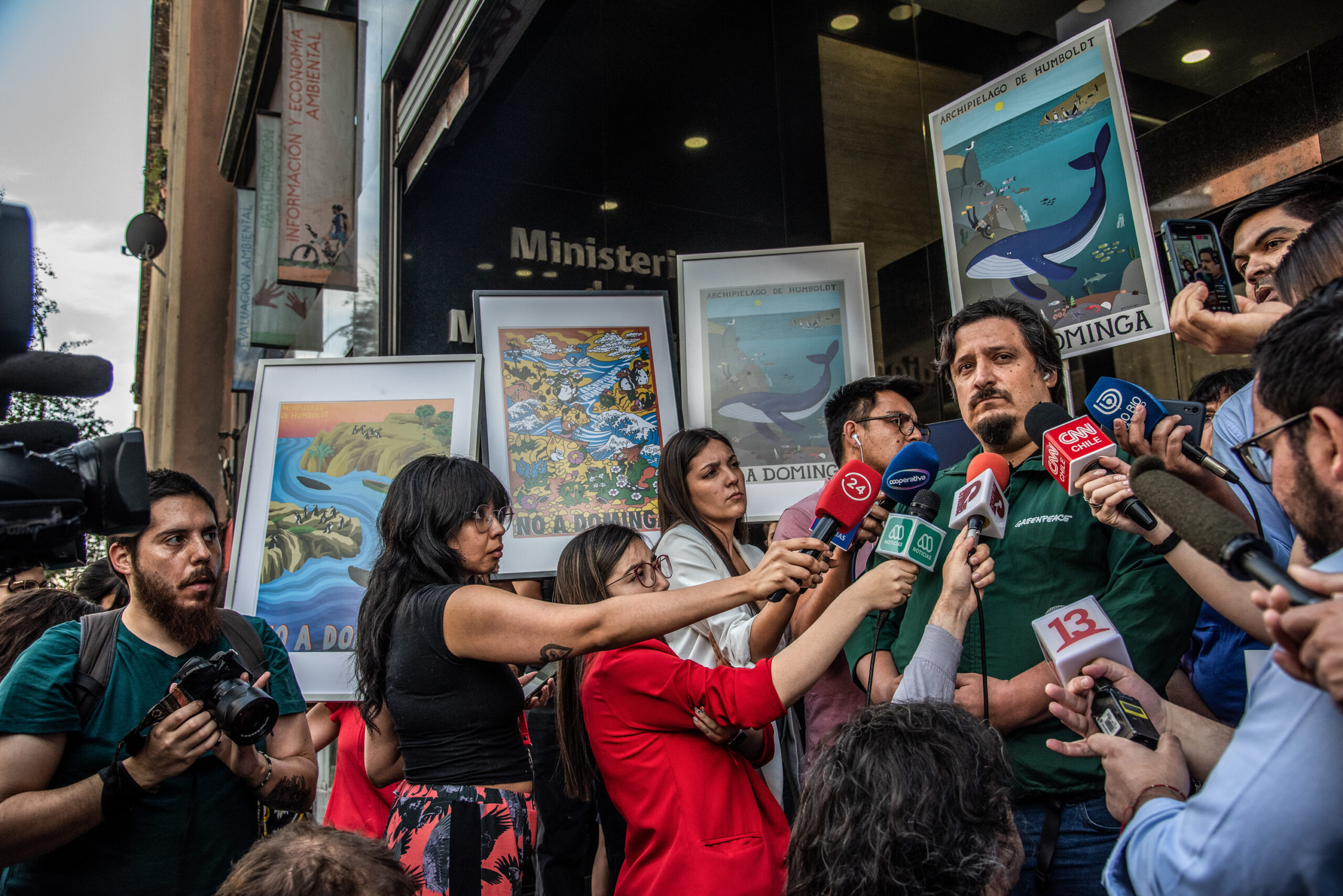In the new Greenpeace and Cimarrón docuseries, premiered on Flow, Natalia Oreiro takes on a role that goes beyond acting. Her voice and image become part of a global environmental communication strategy that blends charisma, credibility, and tangible action.
A figure that transcends the screen
Natalia Oreiro has transformed her artistic recognition into a tool for social change. In Endangered Animals, her narrative role represents a natural evolution of a career that has always combined sensitivity and awareness. Greenpeace chose her for her ability to connect with diverse audiences without artifice. Her presence in the series does not rely on fame but on coherence: for years she has supported environmental campaigns, participated in symbolic actions, and maintained a public stance aligned with the defense of the planet.
Influence as a form of leadership
In a digital ecosystem saturated with fleeting messages, influence requires credibility. Oreiro embodies a kind of social leadership that does not depend on marketing but on trust. Greenpeace understood that her presence has strategic value: she can amplify the environmental cause without turning it into a slogan. Her voice guides viewers through the landscapes of Argentina, Chile, and Colombia, where species such as the jaguar, the Andean bear, and the maned wolf face possible extinction. In each story, the actress shows that impactful communication does not need dramatization, only coherence.
The power of voice in the visual age
Although Endangered Animals is a visually rich series, its central element is the voice. Oreiro does not appear on screen, but her narration carries the story with a warm, intimate, and conscious tone. Her interpretation does not seek protagonism, but connection. Greenpeace and Cimarrón built with her a different type of influence: a celebrity who becomes invisible to let the message speak. In times of constant exposure, her visual silence becomes an act of leadership.
Greenpeace and the strategy of purposeful figures
The organization has long collaborated with public figures who bring ethical legitimacy to its campaigns. In this case, the alliance with Oreiro represents a deeper synergy: a sustained commitment to the environmental cause and an active participation in narrative construction. She not only lends her voice but also contributes to the conceptual process. Her collaboration with director Eugenia Ratcliffe and the Greenpeace team helped adapt the scripts to balance scientific accuracy with emotional tone.
A female voice in Latin American environmentalism
Endangered Animals highlights female leadership expressed through empathy. Oreiro, together with communicators Celeste Giardinelli and Sara Samaniego, strengthens an environmental narrative with a Latin American identity. Greenpeace sees in them the ability to connect with new generations, especially on social media, where environmental discourse often becomes fragmented. The visibility of women in this field helps reshape public perceptions of activism—making it inclusive, everyday, and emotionally accessible.
Argentina, Chile, and Colombia: shared voices, local stories
The series demonstrates how a message can adapt culturally without losing strength. In Argentina, Oreiro’s narration resonates with the defense of wetlands and the movement for their protection law. In Chile, her voice accompanies the story of the marine otter, emblem of the Pacific threatened by extractive industries. In Colombia, she calmly describes the Andean bear’s habitat and the delicate balance between rural communities and conservation. Through these stories, Greenpeace illustrates how Latin America’s biological and cultural diversity demands communication with a regional identity.
Emotional influence and audience transformation
The series does not aim to make Oreiro an institutional spokesperson but an emotional mediator. Her role is to generate empathy and guide the audience toward action. Greenpeace views influence as an energy to be shared, not as a hierarchy. That is why her presence does not overshadow the young protagonists —Roberttson, Giardinelli, and Samaniego— but instead frames them within a common message: knowledge and sensitivity can coexist. Her leadership is based on accompaniment rather than imposition.
Flow and the reach of a continental voice
The choice of Flow as a platform amplifies the series’ impact. The On Demand format allows millions of viewers to access content rarely given space in mainstream media. Oreiro’s voice, combined with Greenpeace’s vision, turns the docuseries into an example of purposeful influence. Each episode moves the audience not only through the beauty of its images but through the honesty of its narration.
The legacy of a coherent figure
With Endangered Animals, Natalia Oreiro consolidates a form of influence rooted in authenticity. Her relationship with Greenpeace proves that celebrity can serve the common good when exercised ethically. Rather than representing a brand, she represents a message. In times when exposure is mistaken for relevance, her work reaffirms another idea: true influence does not seek admiration, but awareness.


